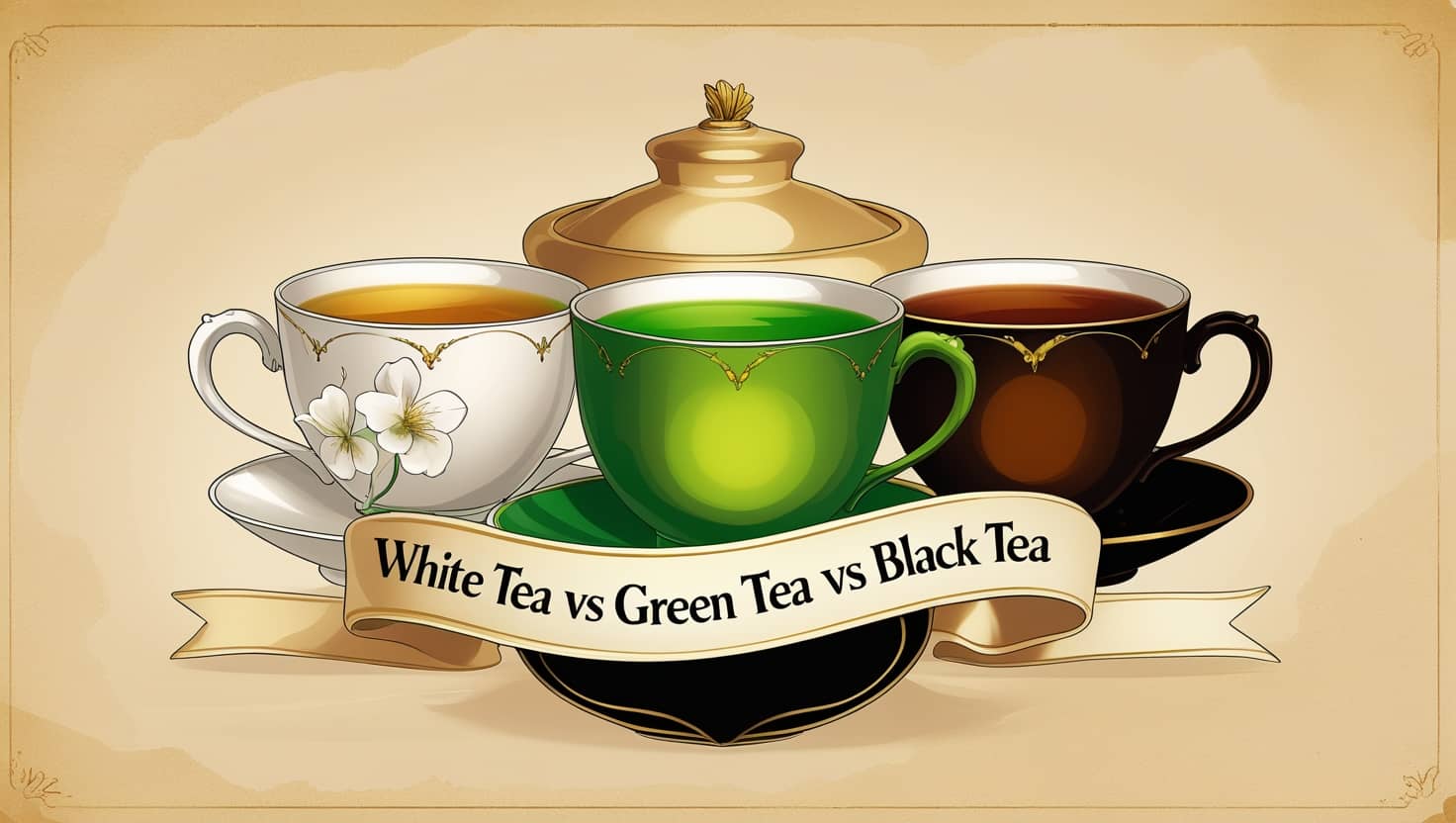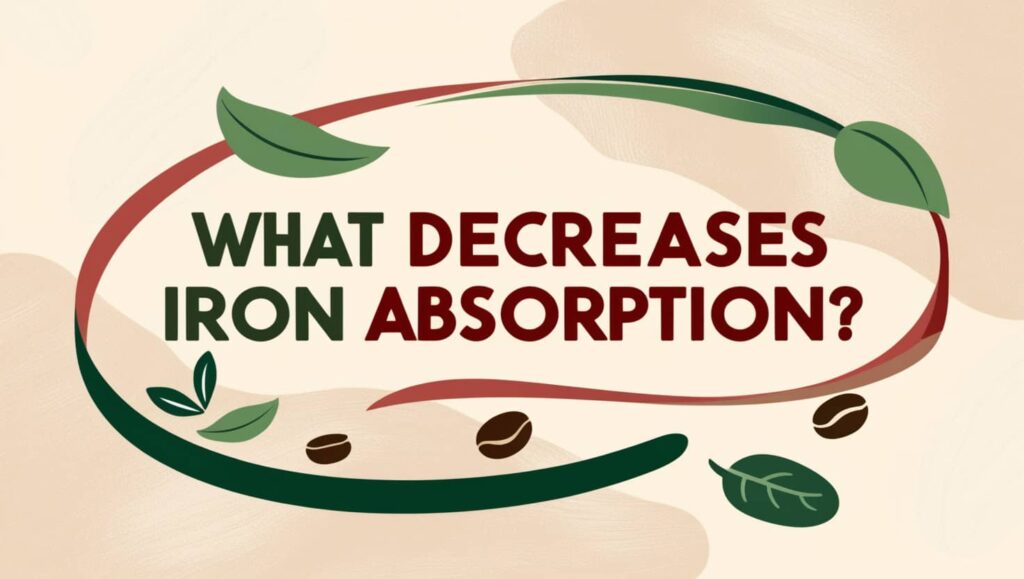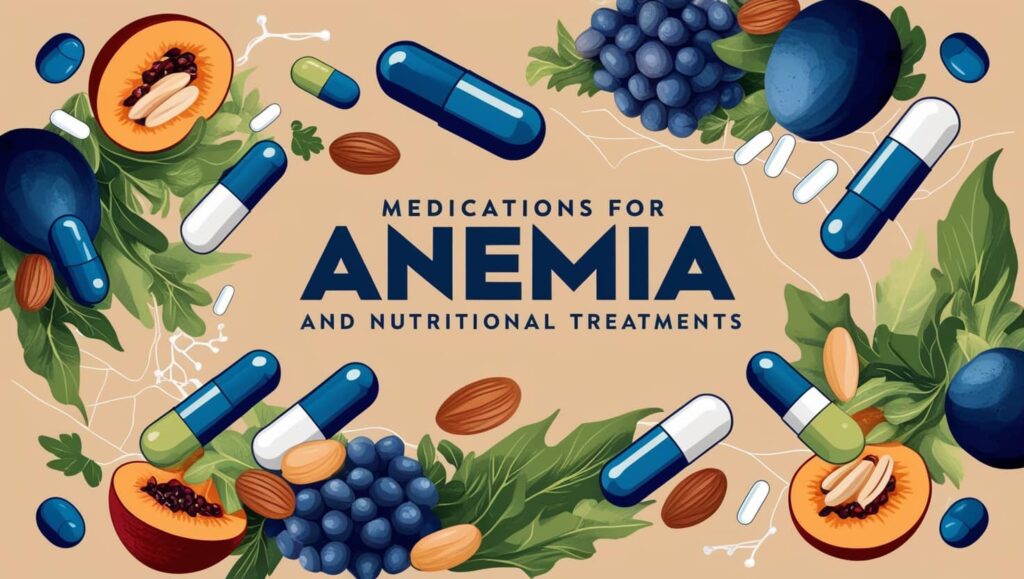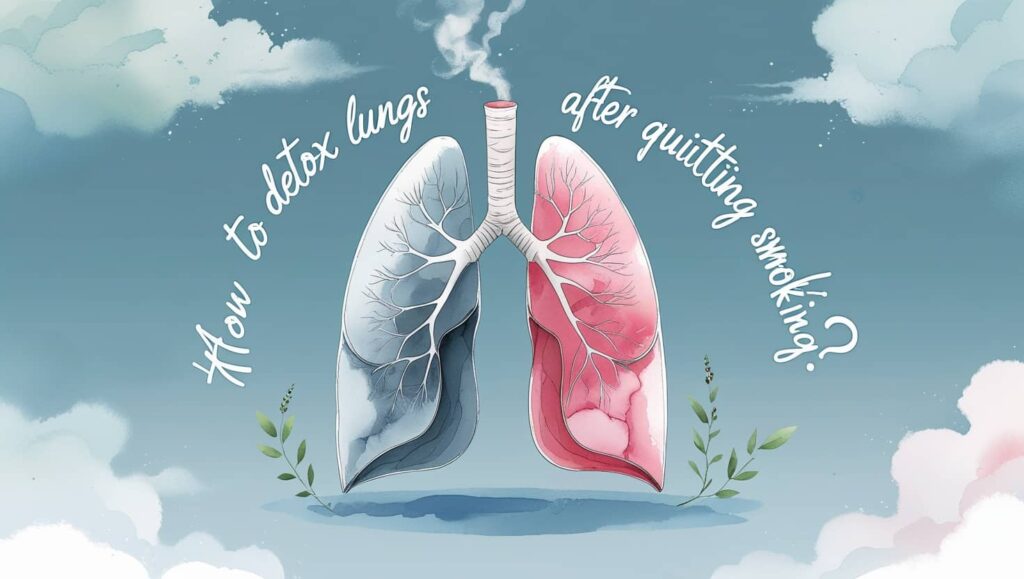The Camellia Sinensis plant, native to southern Japan, Korea, and China, yields three types of tea: white, green, and black. The processing procedure determines whether the tea turns black, green, or white. The fermentation process activates additional ingredients and biological enzymes, causing the tea to discolor and take on a fragrance. White Tea vs Green Tea vs Black Tea is primarily defined by these processing differences, each resulting in distinct flavors, colors, and characteristics.
Black tea has a brown-black color. Green tea is treated with steam after harvesting to prevent oxidation and give it a subtle green color. Conversely, a brief oxidation process and drying give white tea its distinct character.
Differences in Nutritional Composition
White, black, and green teas all have comparable nutritional profiles because they are derived from the same plant, Camellia sinensis. However, variances in processing processes affect the exact nutrient content, such as antioxidant levels, caffeine, and other chemicals. Here’s a comparison of their nutritional components:
Caffeine
Black tea contains the most caffeine (40-70 mg), followed by green tea (20-45 mg), and white tea (15-30 mg).
Antioxidants
All teas are high in antioxidants; however, black tea contains theaflavins and thearubigins, green tea contains catechins (particularly EGCG), and white tea has the highest overall antioxidant levels, including more delicate antioxidants from less processing.
Amino acids
White tea contains the highest L-theanine, followed by green tea. This amino acid encourages relaxation. Black tea contains the least L-theanine.
Fluoride
Black tea contains the most fluoride, followed by green tea, while white tea has the least.
Vitamins and Minerals
Green tea has trace levels of vitamin C and A, but white tea contains vitamin C and manganese. Black tea provides B vitamins and minerals such as potassium.
Tannins
Black tea has the most tannins (more astringent), green tea has a moderate amount, and white tea has the least tannins.
Caffeine Content and Health Impacts
The caffeine level differs between white tea vs green tea vs black tea.
Black tea contains the greatest caffeine, which provides a considerable boost in alertness and metabolism, but excess use can cause nervousness and insomnia.
Green tea has moderate caffeine, which provides a mild wake-up with health advantages such as increased fat oxidation, heart health, and cancer risk reduction. However, excessive use may result in stomach disorders or sleep disturbances.
White tea contains the least caffeine, making it a safe alternative for caffeine-sensitive individuals. It’s high in antioxidants, which promote overall health.
Best Option Based on Health Goals
The choice between white tea vs green tea vs black tea is determined by your health objectives: metabolism, energy, relaxation, and sleep.
For weight loss and metabolism-boosting
Green Tea is the ideal choice because of its high epigallocatechin gallate (EGCG) content, which aids fat oxidation and metabolism. It also contains mild caffeine for a moderate energy boost without jitters.
For energy and alertness
black tea is best since it has the most caffeine (40-70 mg per cup), providing a stronger, longer-lasting energy boost that increases attention and mental clarity.
For Relaxation and Better Sleep
White tea is the ideal choice since it contains less caffeine and more L-theanine, which promotes relaxation, reduces stress, and can enhance sleep quality.
Reference
Behnaz Abiri, Amini, S., Hejazi, M., Farhad Hosseinpanah, Afshin Zarghi, Faeze Abbaspour, & Majid Valizadeh. (2023). Tea’s anti‐obesity properties, cardiometabolic health‐promoting potentials, bioactive compounds, and adverse effects: A review focusing on white and green teas. Food Science and Nutrition. https://doi.org/10.1002/fsn3.3595
Sun, L., Xu, H., Ye, J., & Gaikwad, N. W. (2019). Comparative effect of black, green, oolong, and white tea intake on weight gain and bile acid metabolism. Nutrition, 65, 208–215. https://doi.org/10.1016/j.nut.2019.02.006
Tea. (2019, July 26). Retrieved from The Nutrition Source website: https://nutritionsource.hsph.harvard.edu/food-features/tea/
Vázquez Cisneros, L. C., López-Uriarte, P., López-Espinoza, A., Navarro Meza, M., Espinoza-Gallardo, A. C., & Guzmán Aburto, M. B. (2017). Effects of green tea and its epigallocatechin (EGCG) content on body weight and fat mass in humans: a systematic review. Nutricion Hospitalaria, 34(3), 731–737. https://doi.org/10.20960/nh.753

Microbiology and Immunology Specialist | Scientific Writer
Lina Mahmoud Ahmed graduated from Cairo University’s Faculty of Veterinary Medicine with a B.Sc. in Veterinary Medical Sciences and a diploma in Microbiology and Immunology. With extensive knowledge and hands-on expertise, Lina is dedicated to delivering accurate and well-researched medical content that simplifies complex information for readers. She can be reached at [email protected].







